Give the IUPAC names of the following compound K4[Ni(CN)4]
To determine the IUPAC name of the compound K4(Ni(CN)4), we can follow these steps:
Step 1: Identify the components of the compound
The compound consists of potassium ions K+ and a coordination complex (Ni(CN)4)4−. The potassium ions are outside the coordination sphere, while the nickel complex is inside.
Step 2: Determine the charge of the coordination complex
The overall charge of the compound is neutral, and since there are four potassium ions (each with a +1 charge), the charge of the coordination complex must be -4 to balance the +4 from potassium.
Step 3: Identify the ligands and their names
In the coordination complex (Ni(CN)4)4−, the ligand is cyanide, which is denoted as "cyano" when naming. Since there are four cyanide ligands, we use the prefix "tetra-" to indicate the number of ligands.
Step 4: Determine the oxidation state of the central metal
Let the oxidation state of nickel (Ni) be x. The cyanide ion CN− has a charge of -1, and since there are four cyanide ligands, the total contribution from the ligands is -4. Therefore, we can set up the equation:
x+4(−1)=−4
Solving for x:
x−4=−4⟹x=0
Thus, the oxidation state of nickel in this complex is 0.
Step 5: Name the central metal
Since the coordination sphere has a negative charge, we will use the suffix "-ate" for the metal. Therefore, nickel becomes "nickelate".
Step 6: Combine the names
Now we can combine the names of the components:
- The name of the ligands: "tetra" + "cyano" = "tetra-cyano"
- The name of the metal with the appropriate suffix: "nickelate"
Putting it all together, the IUPAC name of the compound K4(Ni(CN)4) is:
Potassium tetracyanonickelate(0)
Summary of the IUPAC Name
The final IUPAC name is Potassium tetracyanonickelate(0).
The compound consists of potassium ions K+ and a coordination complex (Ni(CN)4)4−. The potassium ions are outside the coordination sphere, while the nickel complex is inside.
The overall charge of the compound is neutral, and since there are four potassium ions (each with a +1 charge), the charge of the coordination complex must be -4 to balance the +4 from potassium.
In the coordination complex (Ni(CN)4)4−, the ligand is cyanide, which is denoted as "cyano" when naming. Since there are four cyanide ligands, we use the prefix "tetra-" to indicate the number of ligands.
Let the oxidation state of nickel (Ni) be x. The cyanide ion CN− has a charge of -1, and since there are four cyanide ligands, the total contribution from the ligands is -4. Therefore, we can set up the equation:
x+4(−1)=−4
Solving for x:
x−4=−4⟹x=0
Thus, the oxidation state of nickel in this complex is 0.
Since the coordination sphere has a negative charge, we will use the suffix "-ate" for the metal. Therefore, nickel becomes "nickelate".
Now we can combine the names of the components:
- The name of the ligands: "tetra" + "cyano" = "tetra-cyano"
- The name of the metal with the appropriate suffix: "nickelate"
Potassium tetracyanonickelate(0)
The final IUPAC name is Potassium tetracyanonickelate(0).
Topper's Solved these Questions
- COORDINATION COMPOUNDS Book:ICSEChapter:COORDINATION COMPOUNDS Exercise:EXERCISE (PART - I OBJECTIVE QUESTIONS)
Explore 22 Videos
- COORDINATION COMPOUNDS Book:ICSEChapter:COORDINATION COMPOUNDS Exercise:EXERCISE (PART - I OBJECTIVE QUESTIONS) (Multiple Choice Questions)
Explore 30 Videos
- COORDINATION COMPOUNDS Book:ICSEChapter:COORDINATION COMPOUNDS Exercise:ISC EXAMINATION QUESTION (PART- II DESCRIPTIVE QUESTIONS)
Explore 39 Videos
- CHEMISTRY-2020 Book:ICSEChapter:CHEMISTRY-2020 Exercise:Question (Answer the following question)
Explore 4 Videos
- d- AND- f- BLOCK ELEMENTSBook:ICSEChapter:d- AND- f- BLOCK ELEMENTSExercise:ISC EXAMINATION QUESTIONS (PART-II)(DESCRIPTIVE QUESTIONS)
Explore 15 Videos
Similar Questions
Give the IUPAC name of the following compound:

View SolutionGive the IUPAC name of the following compound :

View SolutionGive the IUPAC name of the following compound.
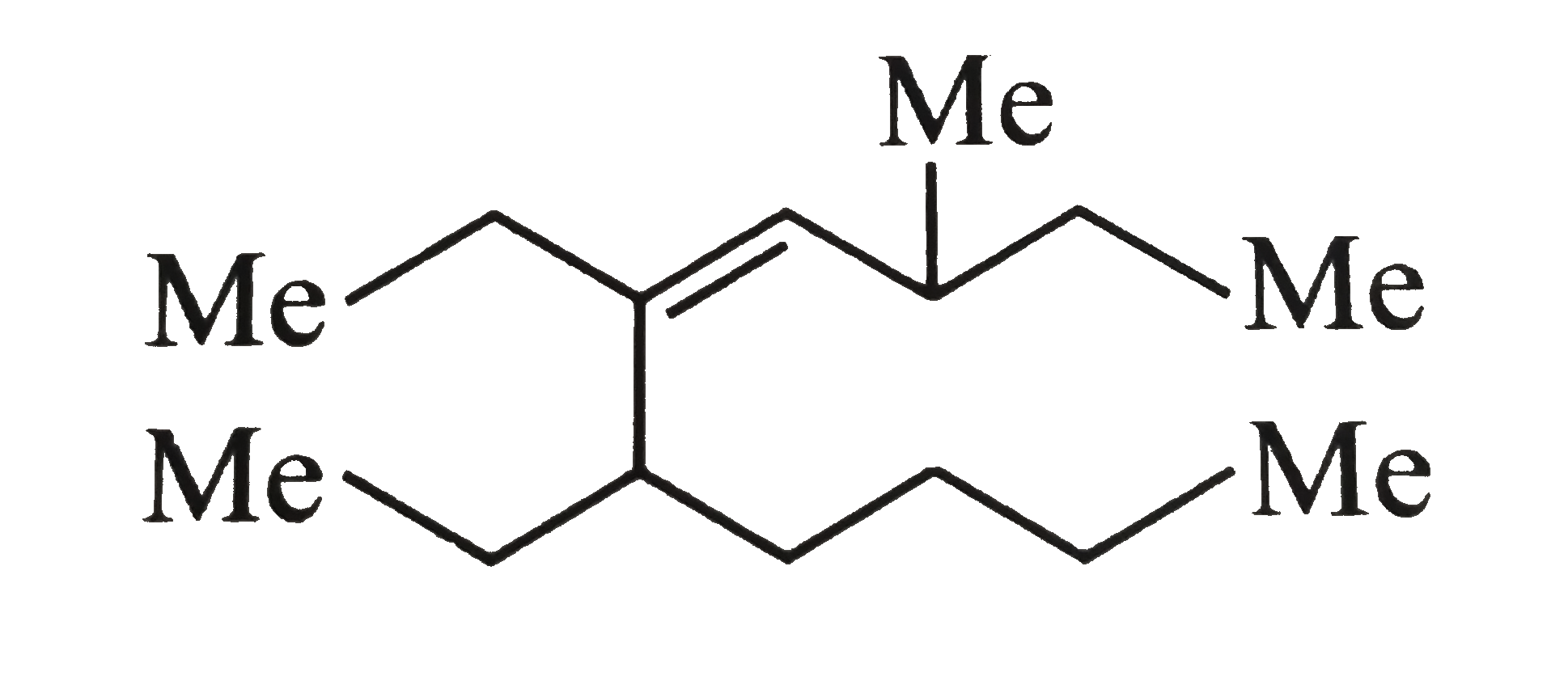
View SolutionGive the IUPAC name of the following compound.
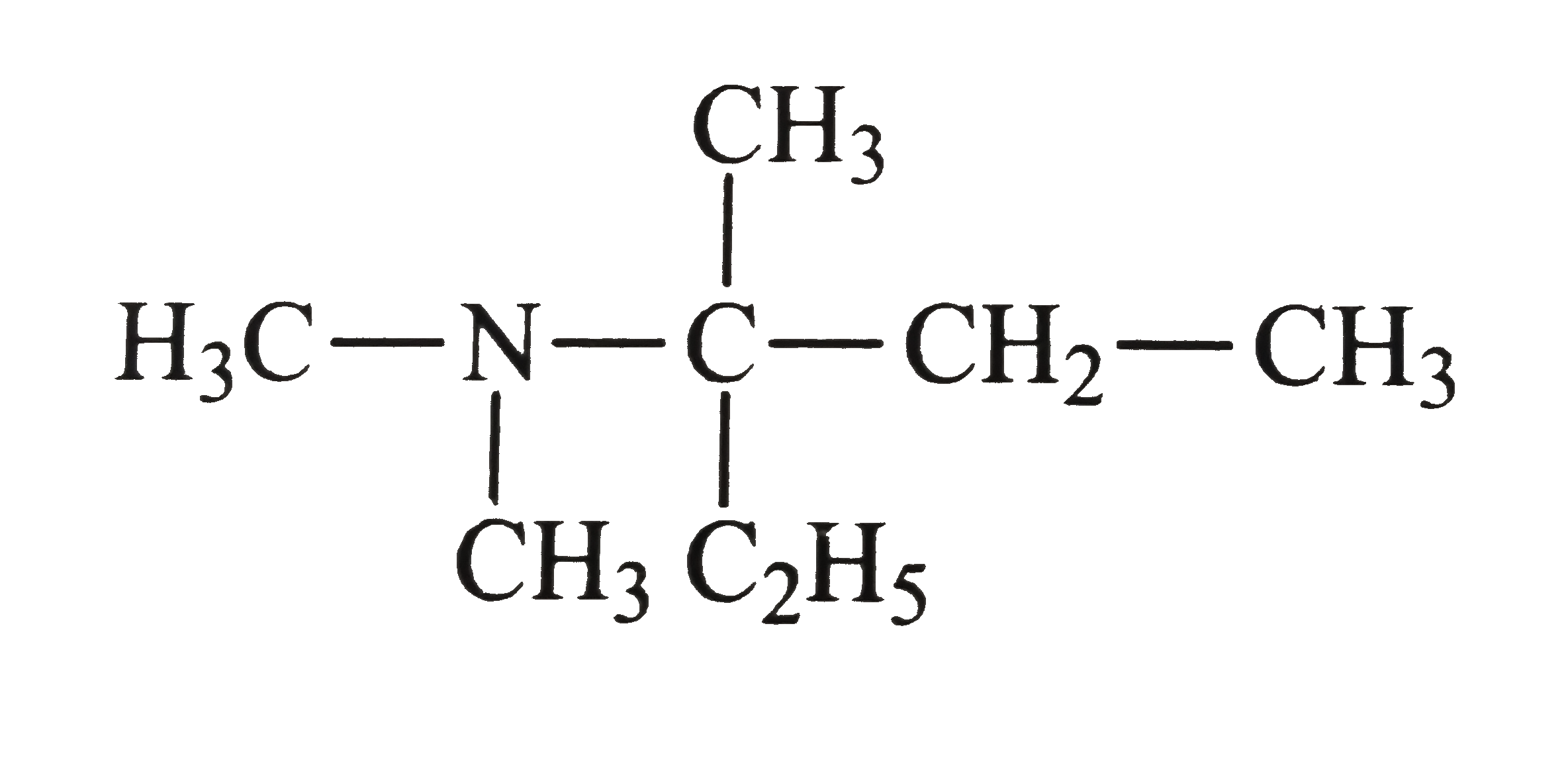
View SolutionGive the IUPAC name of the following compounds
View SolutionGive the IUPAC names of the following compounds :

View SolutionGive the IUPAC names of the following compounds :
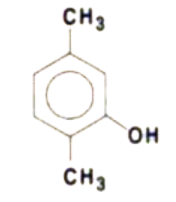
View SolutionGive the IUPAC names of the following compounds :
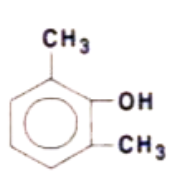
View SolutionGive the IUPAC names of the following compounds :
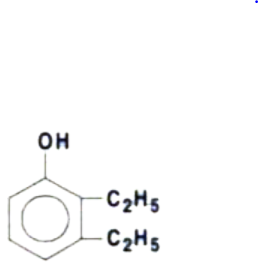
View SolutionGive the IUPAC names of the following compounds :

View Solution